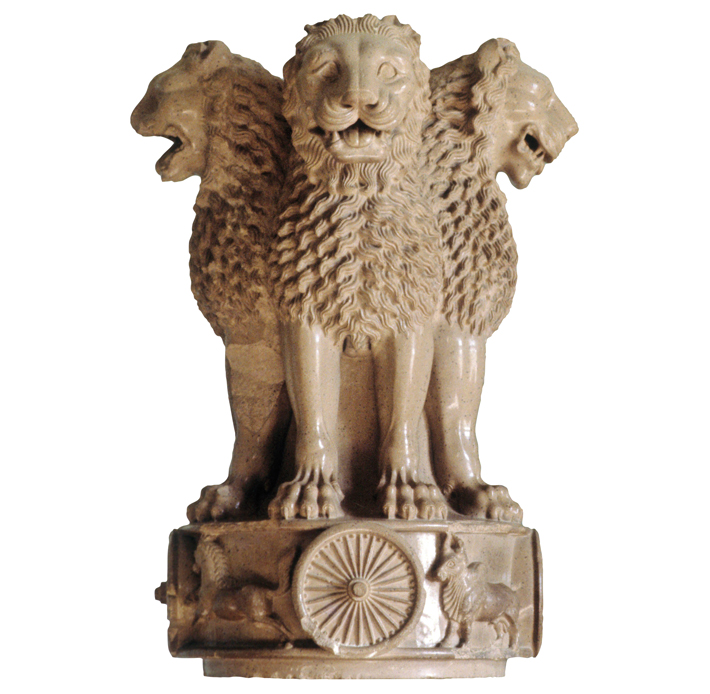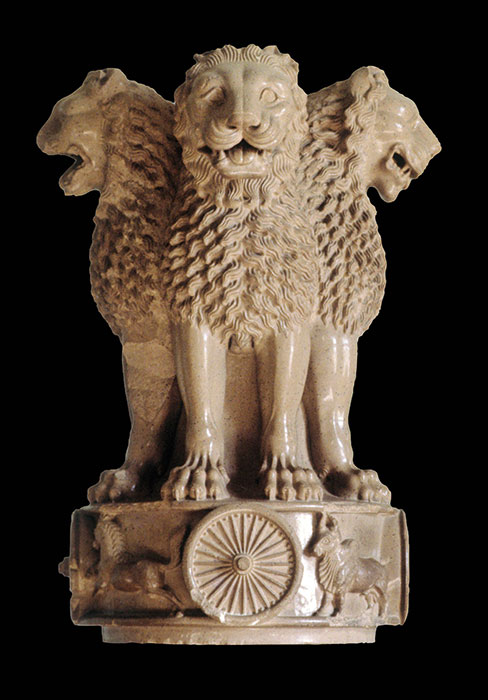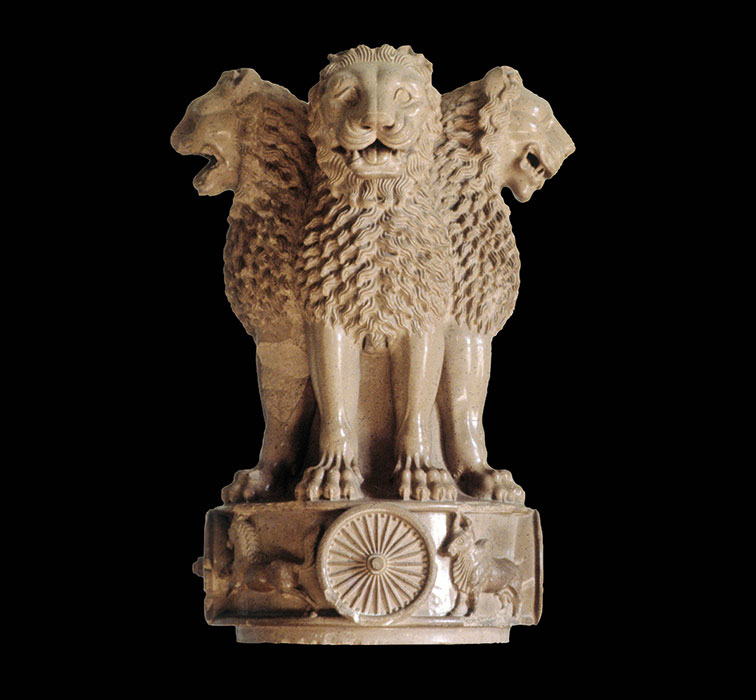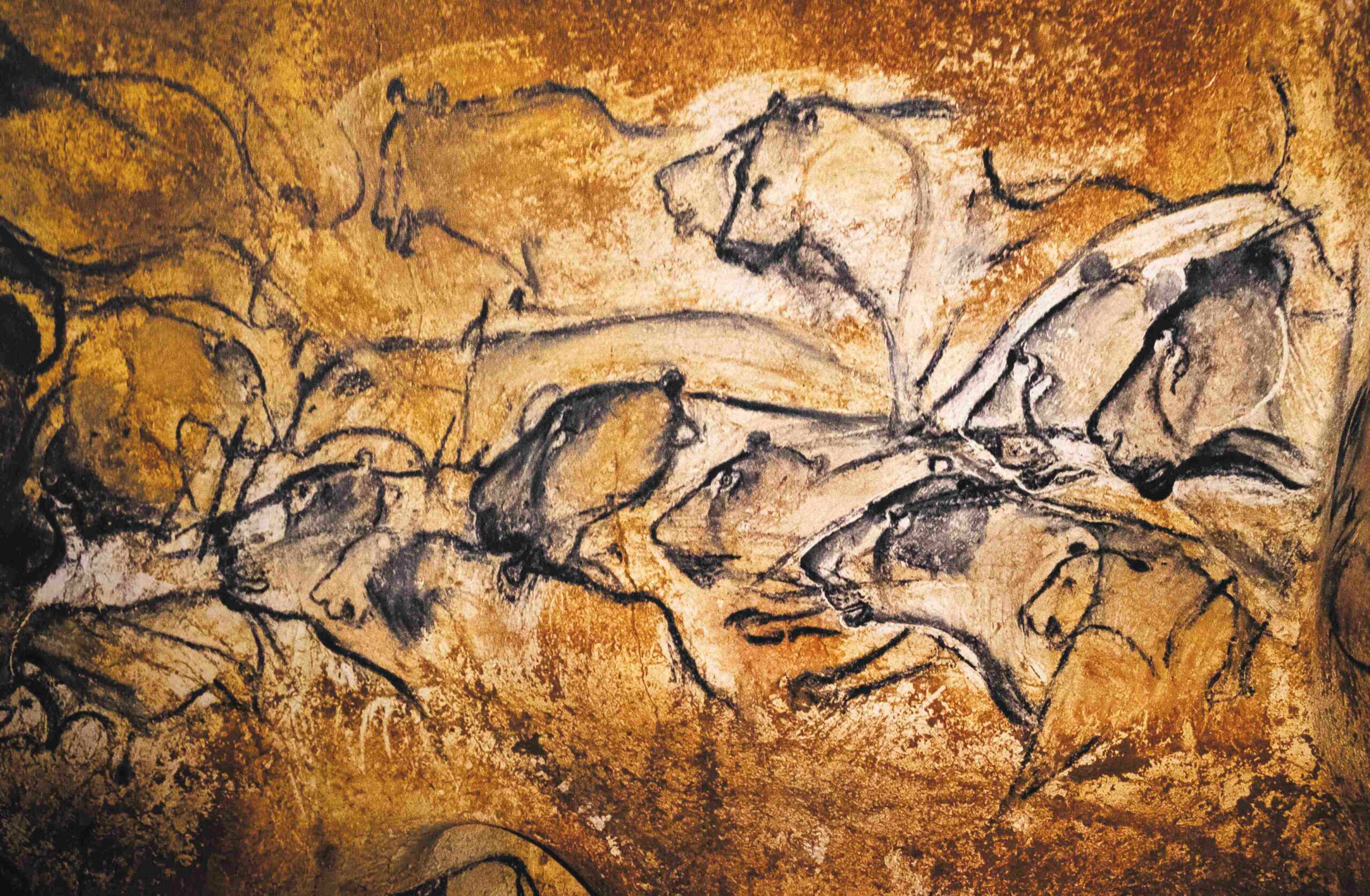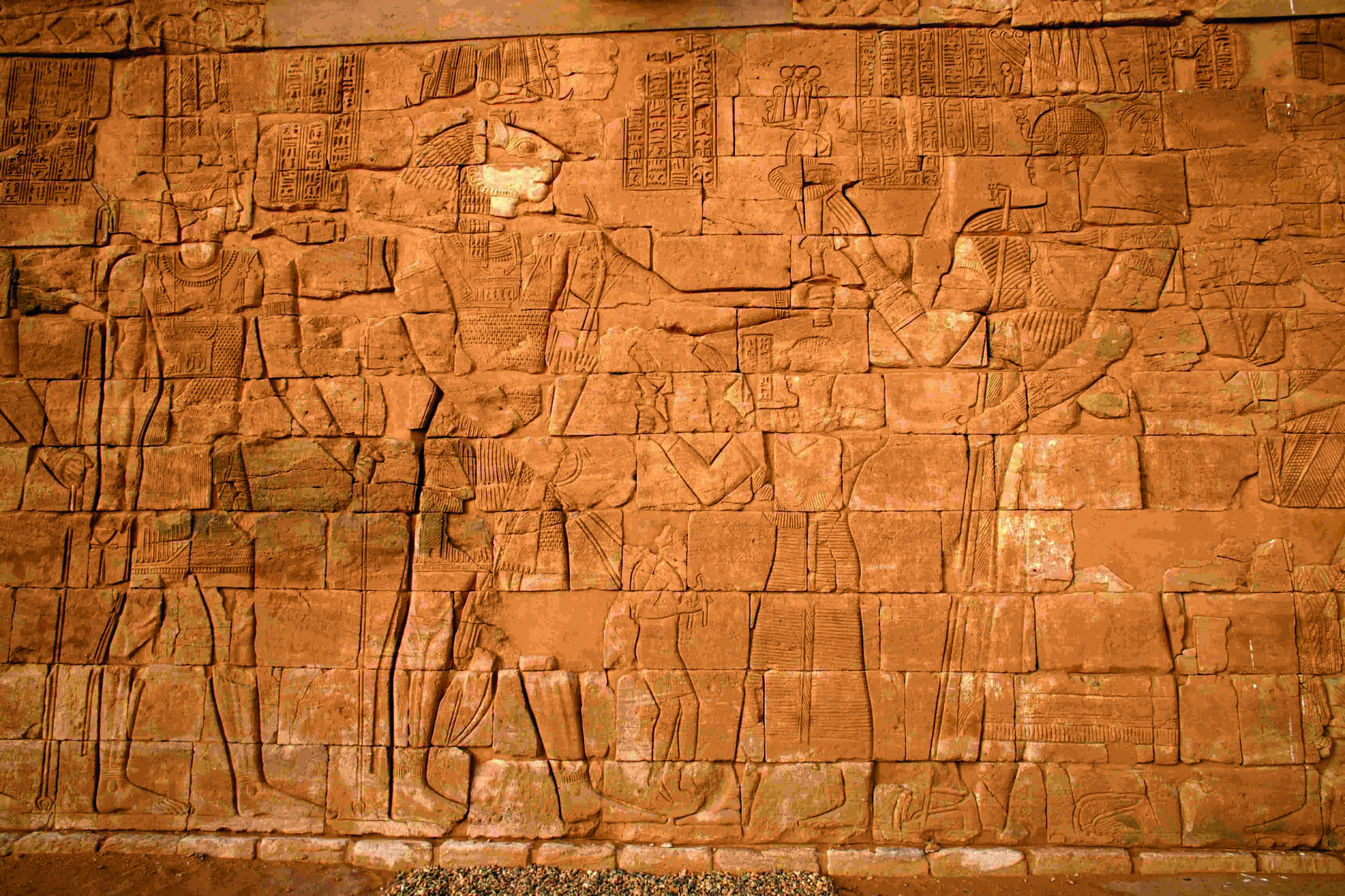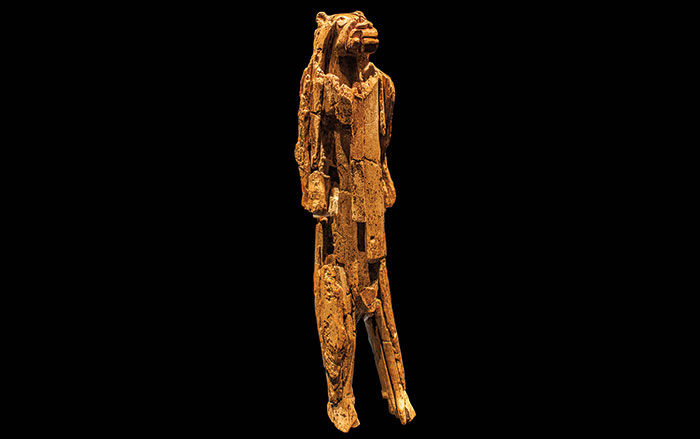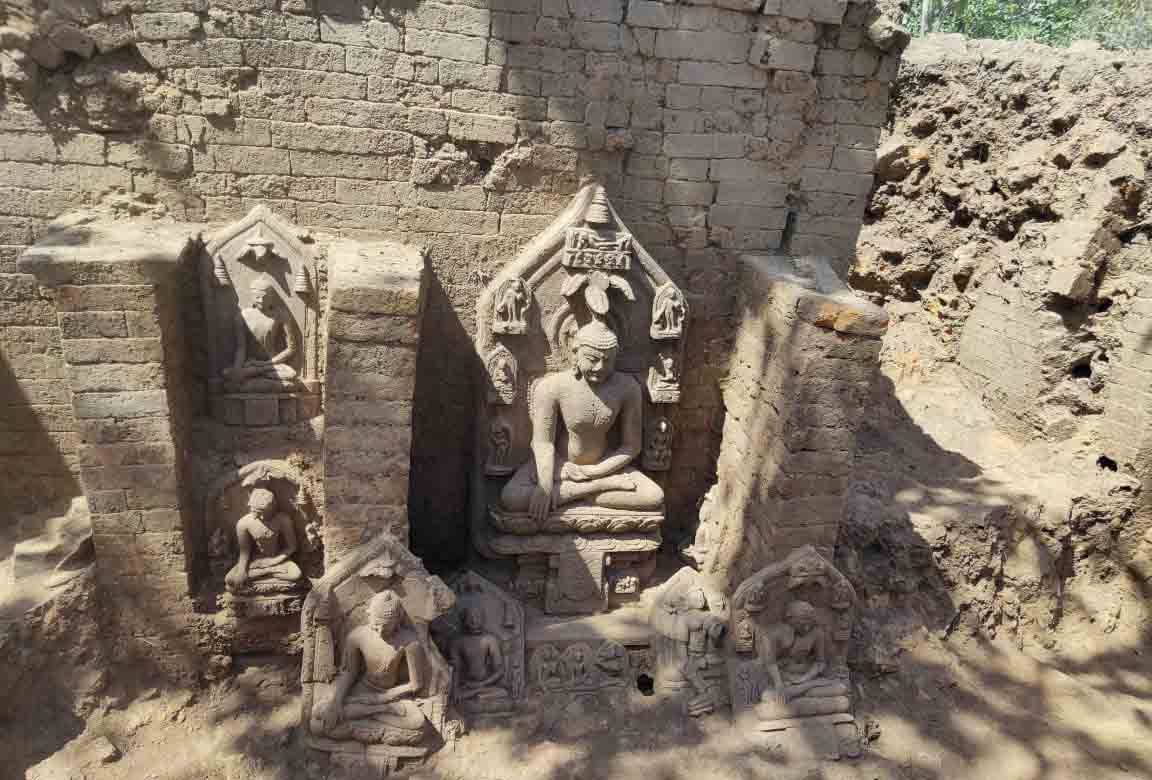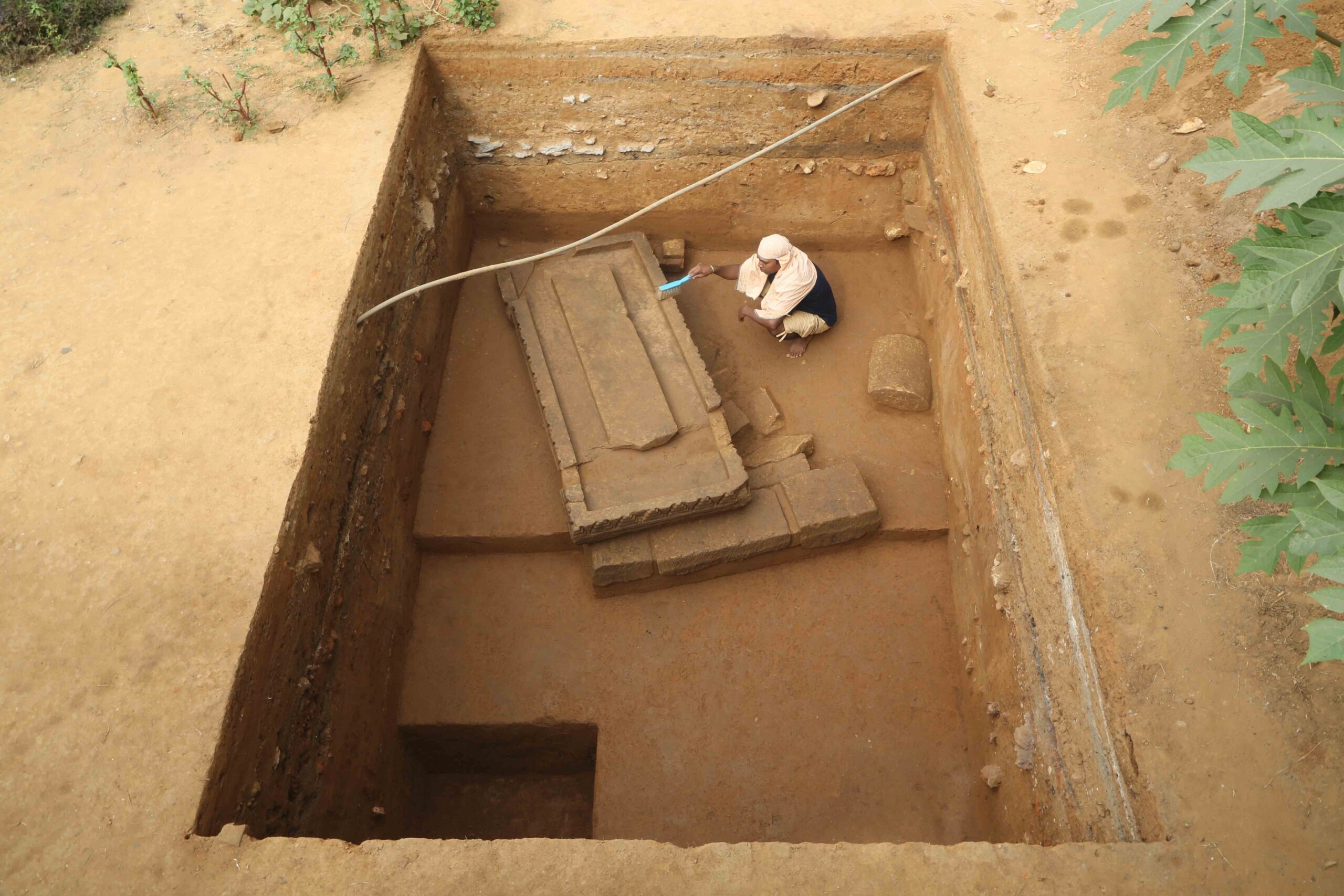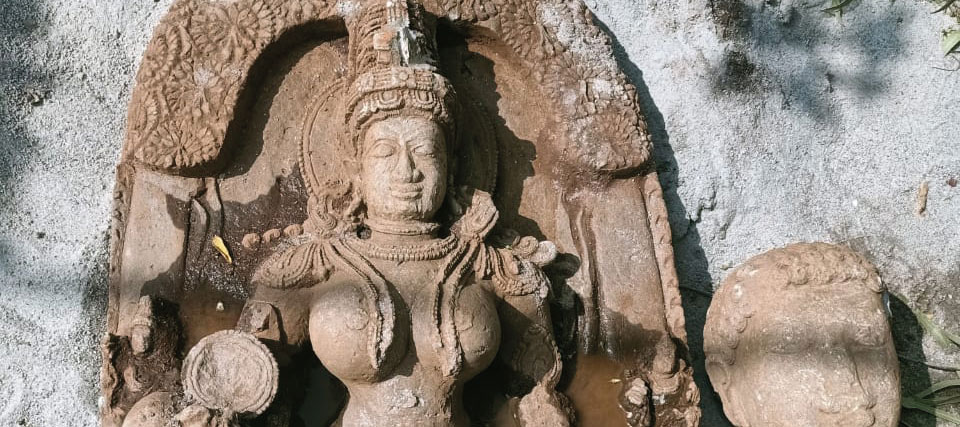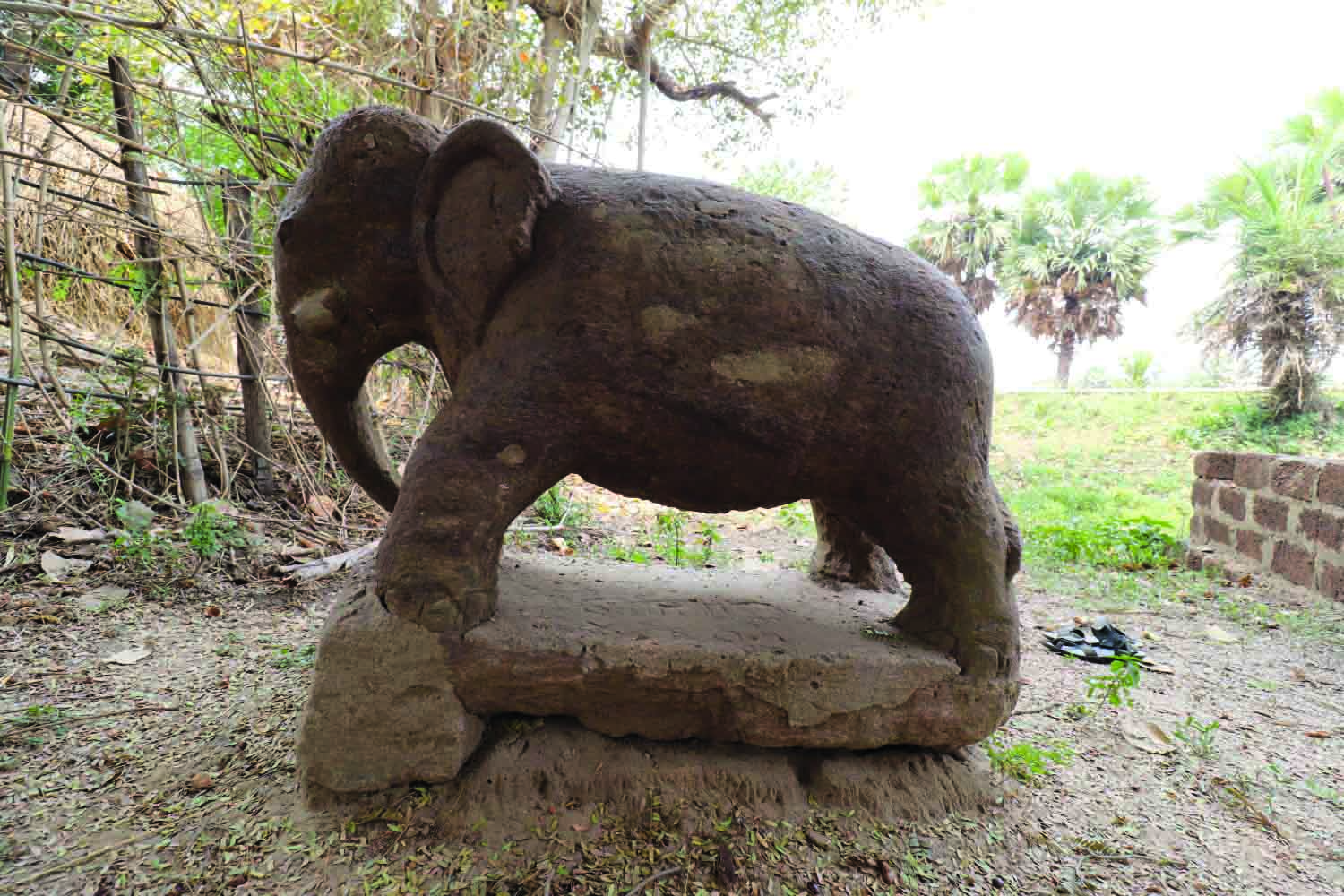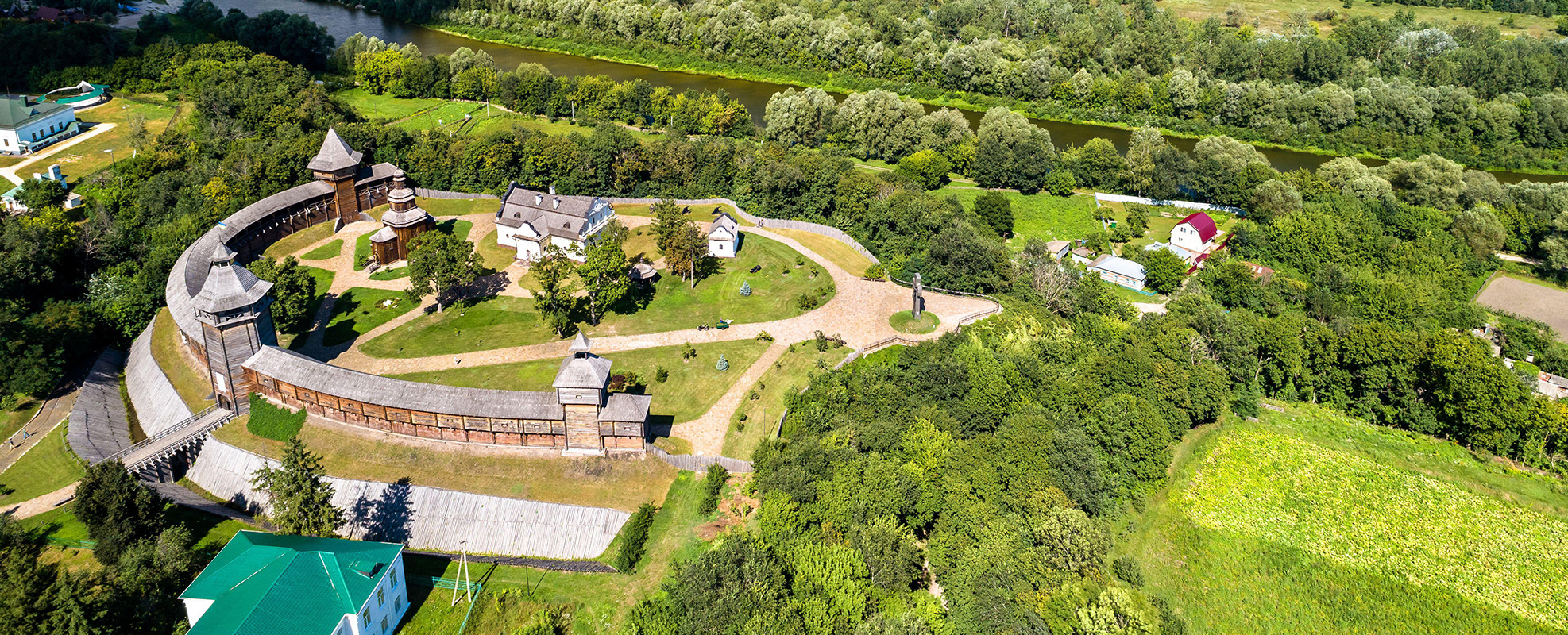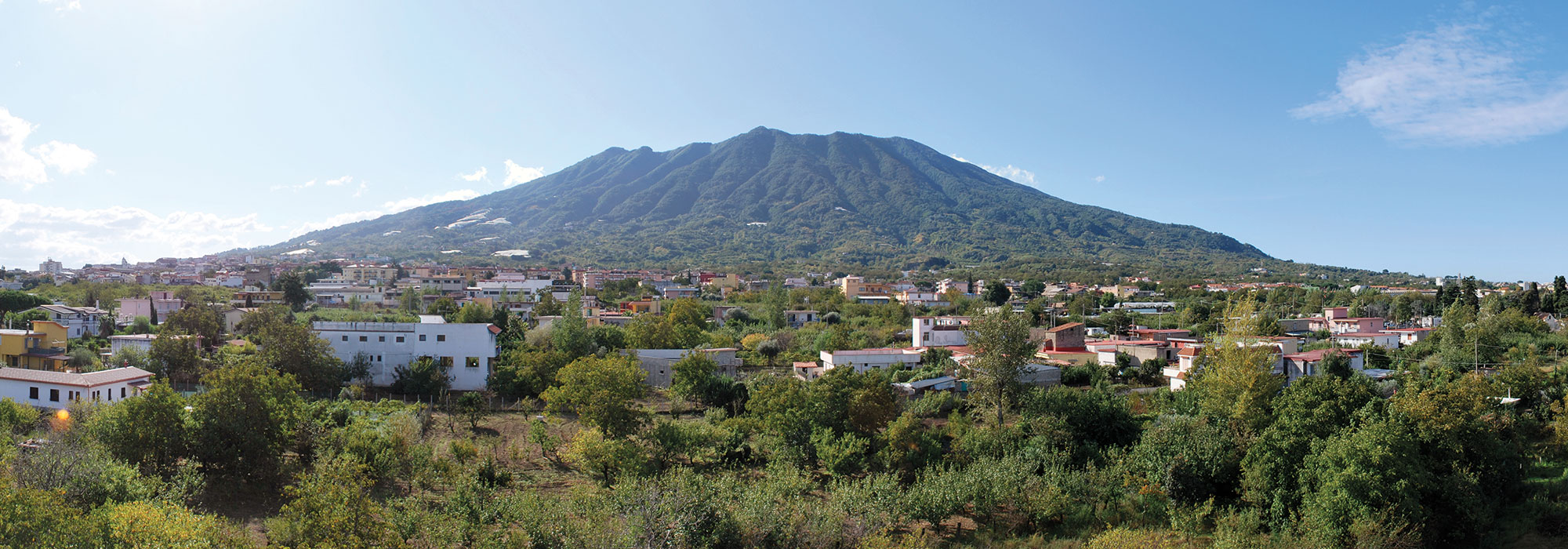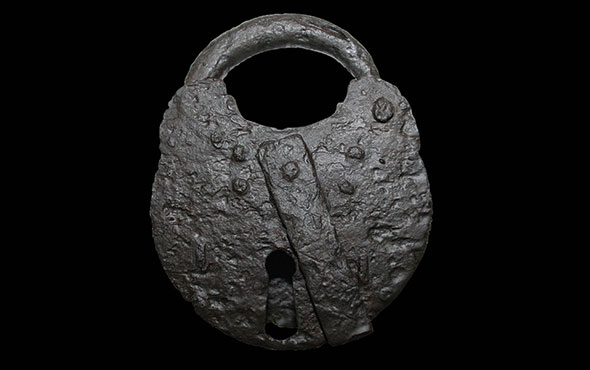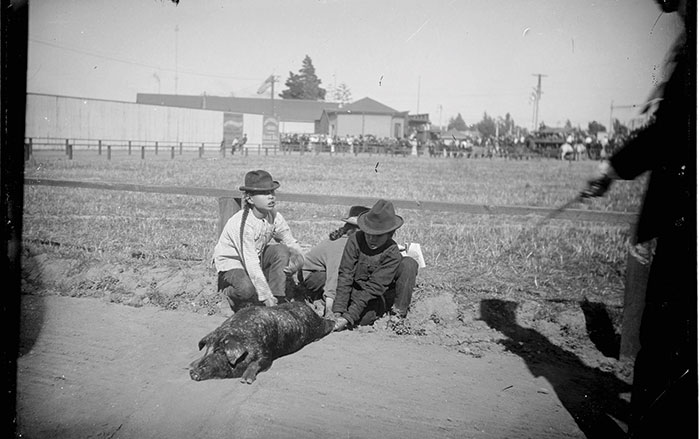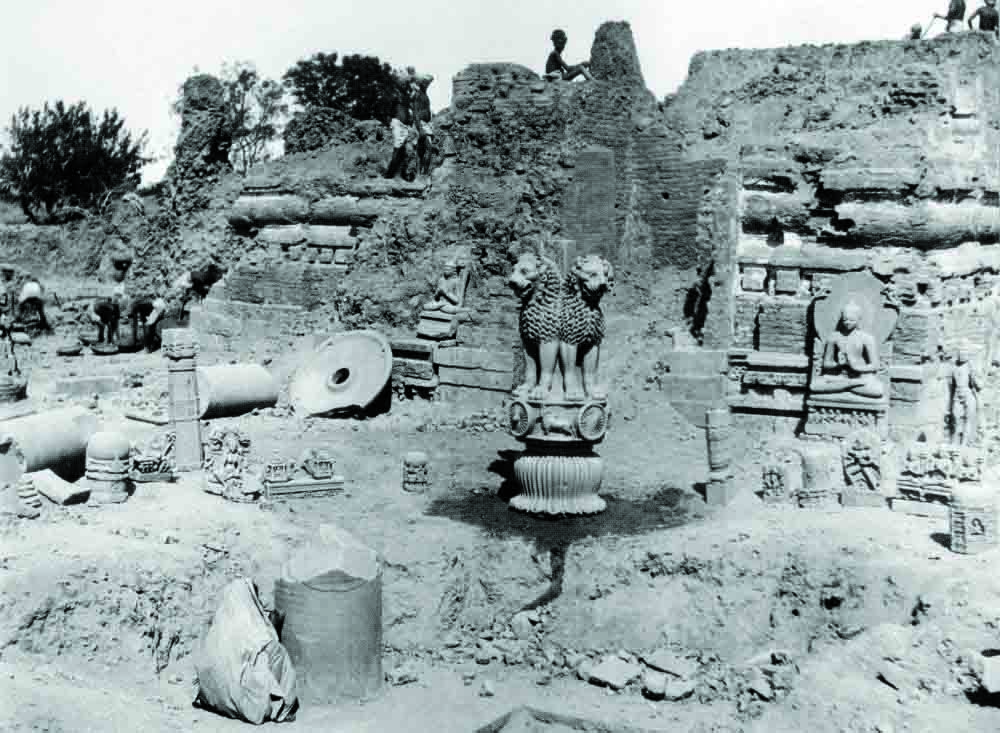
Among the main goals of the emperor Chandragupta (reigned 321–297 B.C.), founder of India’s Mauryan Dynasty (321–185 B.C.), was the unification of the country. Although he conquered many kingdoms, he was unable to subdue the eastern coastal territory of Kalinga, located south of the Mauryan capital of Pataliputra. That task was left to his grandson Ashoka (reigned ca. 265–232 B.C.), who finally conquered Kalinga in a vicious war that left him devastated by the bloodshed and loss of life. As a result, Ashoka became a committed Buddhist and adopted the lion as the symbol of a new era of peace. “Ashoka used the lion as a religious symbol because the Buddha belonged to the Shakya, or Lion, Clan and the emperor was his devout follower,” says archaeologist Vinay Kumar of Banaras Hindu University. “He also wanted to convey the message that he was a mighty ruler of his kingdom, like a lion that rules the forest. The animal stood for the qualities of royalty and leadership.”
Ashoka ruled his kingdom using the principle of universal truth and divine law, or dharma, which he understood to include such characteristics as honesty, compassion, mercy, benevolence, nonviolence, and kindness to animals. Throughout his reign, he spread his message by erecting monolithic pillars with engravings that expressed his vision at sites across the empire. Archaeologists have uncovered numerous examples of these monuments, the most important of which was at Sarnath, a holy site in northern India where, in 528 B.C., the Buddha taught his first five followers after attaining enlightenment. The pillar was topped with four lions sitting back-to-back atop an abacus decorated with wheels and other animals. “The wheel signifies the wheel of law in Buddhism, and its thirty-two spokes represent the thirty-two physical attributes of the Buddha,” Kumar says. “The lion has his place alongside other symbols of the Buddha’s life, from his birth to multiple miracles.”
